Flagtail catfish - Dianema urostriatum
Scientific name: Dianema urostriatum
Common name: Flagtail catfish
Family: Callichthyidae
Usual size in fish tanks: 11 - 13 cm (4.33 - 5.12 inch)
014
Recommended pH range: 6 - 8
Recommended water hardness: 4 - 24°N (71.43 - 428.57ppm)
0°C 32°F30°C 86°F
Recommended temperature range: 25 - 28 °C (77 - 82.4°F)
The way how these fish reproduce: Spawning
Where the species comes from: South America
Temperament to its own species: peaceful
Temperament toward other fish species: peaceful
Usual place in the tank: Bottom levels
Food and Feeding
Flagtail catfish primarily feed at the bottom of the tank and enjoy a varied diet. Offer high-quality sinking pellets or catfish wafers as a staple, and supplement with bloodworms, brine shrimp, and chopped earthworms. Although generally peaceful, larger adults may prey on very small fish such as Neon tetras, so choose tankmates accordingly. Feed in the evening when these fish are most active.
Origin
Dianema urostriatum is native to South America, specifically the slow-moving tributaries of the Amazon River basin in Brazil. These environments are typically shaded, with a soft sandy or muddy substrate and dense marginal vegetation, including floating plants that help diffuse light.
Sexing
Females tend to be broader and rounder behind the pectoral fins, especially when viewed from above, while males are generally slimmer and may be slightly smaller in size.
Breeding
Breeding Flagtail catfish in home aquariums is uncommon but not impossible. They follow a similar spawning behavior to Corydoras species. To encourage spawning, simulate rainy season conditions by performing frequent water changes with slightly cooler water and increasing oxygenation. Eggs are typically deposited on flat surfaces or broad leaves, and no parental care is provided after spawning.
Lifespan
The expected lifespan of Dianema urostriatum is around 8–10 years when kept in optimal conditions with stable water parameters and a clean tank environment.
Short Description
Flagtail catfish are peaceful and active schooling fish best kept in groups of at least 3–5 individuals. Though classified as bottom dwellers, they often swim in the middle water levels, especially during active periods. A tank of 100 liters (26 gallons) or more is recommended, with a soft sand substrate to protect their barbels. Provide live plants such as Amazon swords, Cryptocoryne species, and Java fern to mimic their natural habitat and offer cover. Include driftwood or rocks for additional hiding places, but ensure there’s also open swimming space at the front of the tank.
Due to their peaceful temperament, they are excellent for community aquariums. Suitable tankmates include Pearl gouramis, honey gouramis, harlequin rasboras, and other similarly sized peaceful species.
Pictures
Bought by aqua-fish.net from jjphoto.dk.
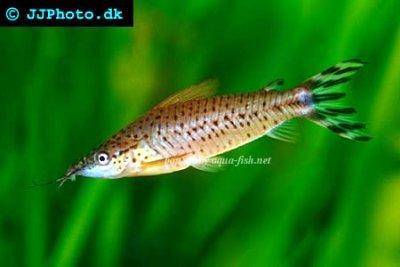




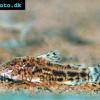 Aspidoras
Aspidoras 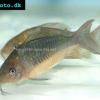 Giant
Giant 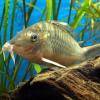 Hognosed
Hognosed 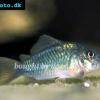 Emerald
Emerald 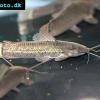 Cascarudo
Cascarudo 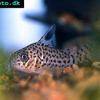 Acre
Acre 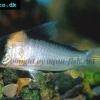 Adolfo’s
Adolfo’s  Bronze
Bronze 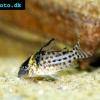 Agassizii’s
Agassizii’s 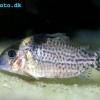 Spotted
Spotted 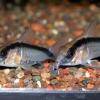 Skunk
Skunk 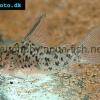 Corydoras
Corydoras 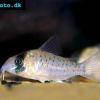 Fairy
Fairy 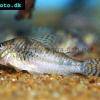 Corydoras
Corydoras 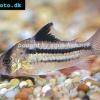 Pink
Pink 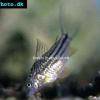 San
San 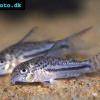 Bond’s
Bond’s 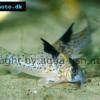 Spotted
Spotted 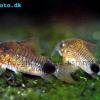 Tailspot
Tailspot 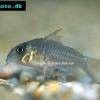 Concolor
Concolor 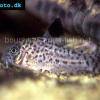 Cope’s
Cope’s 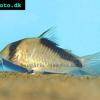 Sand’s
Sand’s 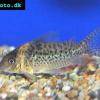 False
False 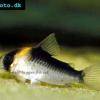 False
False 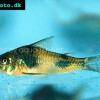 Ehrhardt’s
Ehrhardt’s 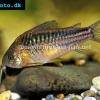 Elegant
Elegant 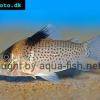 Saddle
Saddle 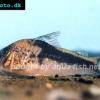 Fowler’s
Fowler’s 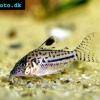 Gomezi
Gomezi 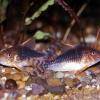 Palespotted
Palespotted 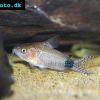 Guapore
Guapore 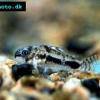 Dainty
Dainty 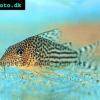 Mosaic
Mosaic 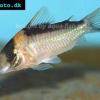 Imitator
Imitator 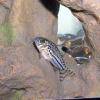 Julii
Julii 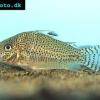 Leopard
Leopard 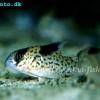 Black
Black  Slant-bar
Slant-bar 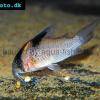 Bluespotted
Bluespotted  False
False 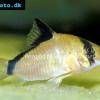 Bandit
Bandit 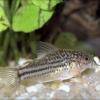 Mini
Mini 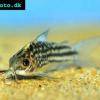 Napo
Napo 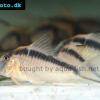 Corydoras
Corydoras 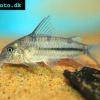 Blue
Blue 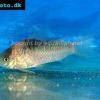 Nijssen’s
Nijssen’s 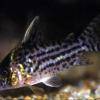 Ornate
Ornate 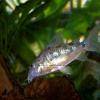 Peppered
Peppered 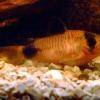 Panda
Panda 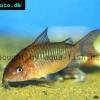 Albertini
Albertini 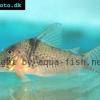 Pastaza
Pastaza 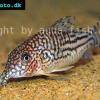 Corydoras
Corydoras 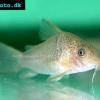 Many-spotted
Many-spotted 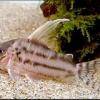 Pretty
Pretty 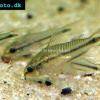 Dwarf
Dwarf 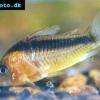 Iridescent
Iridescent  Reticulated
Reticulated 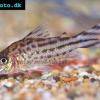 Bannertail
Bannertail 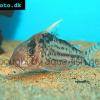 Robust
Robust 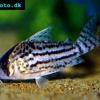 Schwartz’s
Schwartz’s 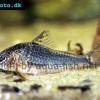 Black
Black 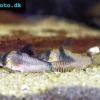 Longnosed
Longnosed 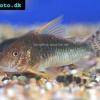 Seuss’
Seuss’ 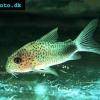 Smudge
Smudge 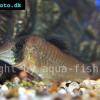 Masquerade
Masquerade 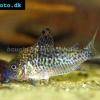 False
False 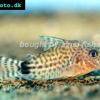 Millenium
Millenium 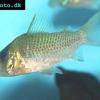 Pinkthroat
Pinkthroat 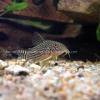 Sterba’s
Sterba’s 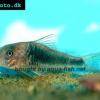 Longsnout
Longsnout 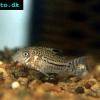 False
False 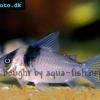 Miguelito
Miguelito 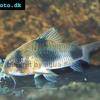 Twosaddle
Twosaddle 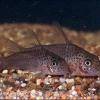 Xingu
Xingu 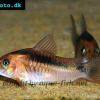 Black
Black 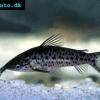 Porthole
Porthole 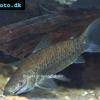 Brown
Brown 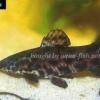 Spotted
Spotted